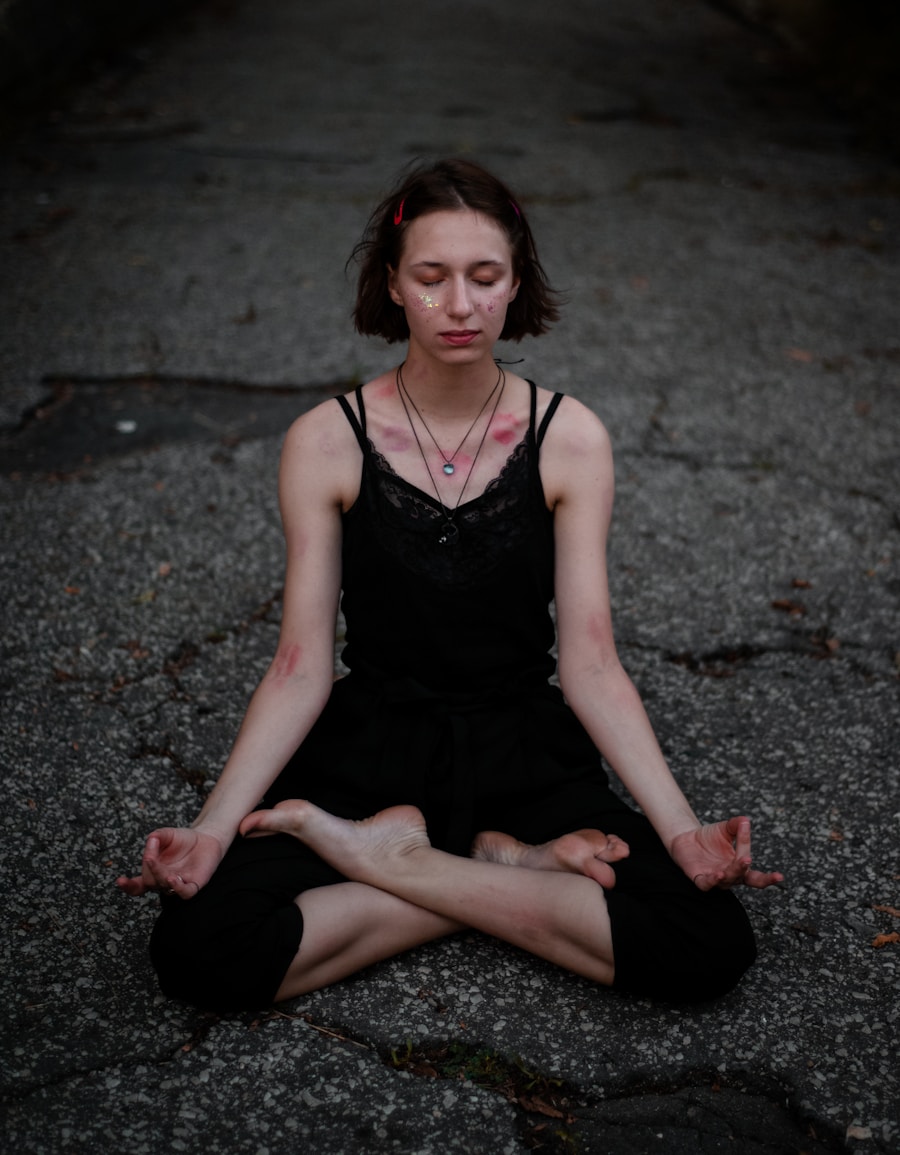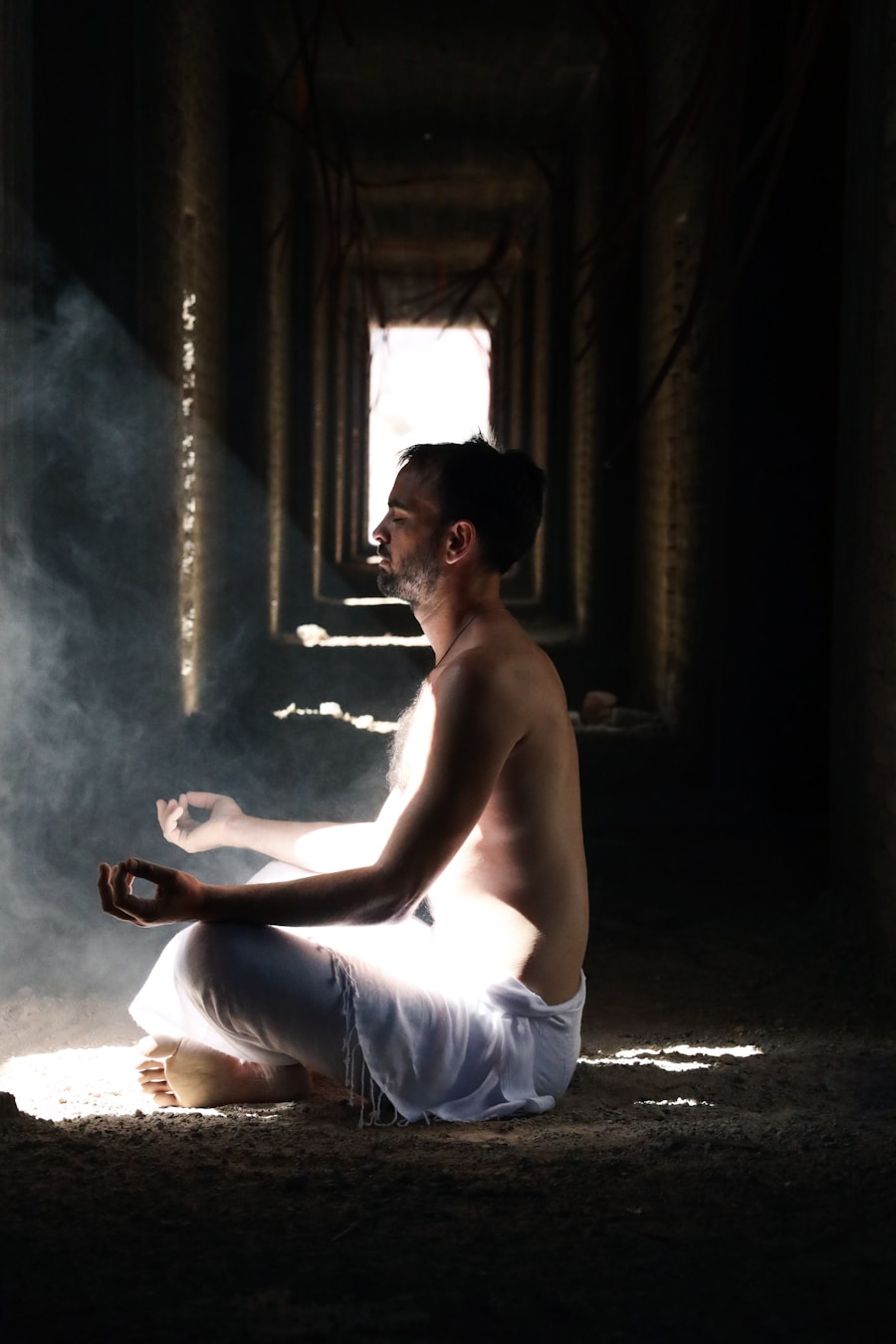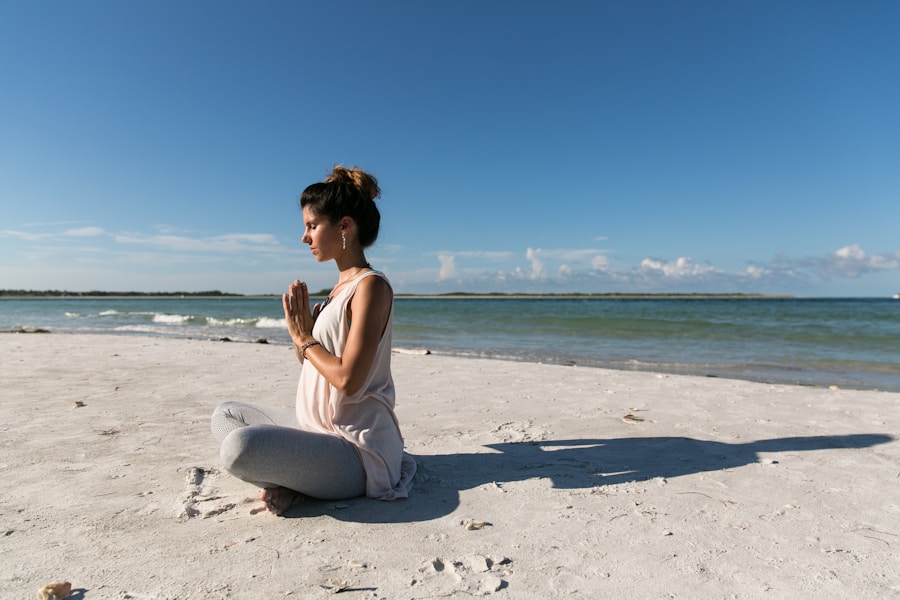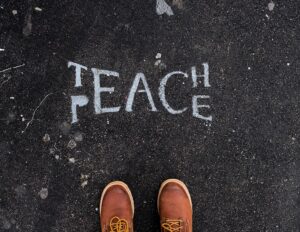Pranayama, derived from the Sanskrit words “prana” (life force) and “ayama” (control), is a practice that involves the regulation of breath to enhance physical and mental well-being. It is an integral part of yoga, which emphasizes the connection between body, mind, and spirit. The practice of pranayama encompasses various techniques that focus on inhalation, exhalation, and retention of breath.
By controlling the breath, practitioners aim to influence their energy levels, emotional states, and overall health. The ancient texts of yoga, such as the Yoga Sutras of Patanjali, highlight the significance of pranayama as a means to prepare the mind for meditation. Meditation, on the other hand, is a broader practice that involves focusing the mind to achieve a state of mental clarity and emotional stability.
It can take many forms, including mindfulness meditation, transcendental meditation, and loving-kindness meditation. While pranayama can be seen as a preparatory step for meditation, it can also be practiced independently to cultivate awareness and presence. Both practices share a common goal: to quiet the mind and foster a deeper connection with oneself.
Together, pranayama and meditation create a powerful synergy that can lead to profound transformations in one’s mental and emotional landscape.
Key Takeaways
- Pranayama and meditation are ancient practices that focus on breath control and mindfulness, promoting mental peace and overall well-being.
- Regular practice of pranayama and meditation can reduce stress, anxiety, and depression, leading to improved mental peace and clarity.
- Techniques for practicing pranayama and meditation include deep breathing, alternate nostril breathing, and mindfulness meditation, which can be easily incorporated into daily life.
- Incorporating pranayama and meditation into daily life can be as simple as setting aside a few minutes each day for practice, finding a quiet space, and focusing on the breath.
- Research and studies have shown that pranayama and meditation have positive effects on mental peace, with benefits including improved emotional regulation and reduced symptoms of mental health disorders.
Benefits of Pranayama and Meditation for Mental Peace
The benefits of pranayama and meditation extend far beyond mere relaxation; they encompass a wide range of mental health improvements that contribute to overall peace of mind. One of the most significant advantages is the reduction of stress and anxiety. Engaging in these practices activates the parasympathetic nervous system, which counteracts the body’s stress response.
As a result, individuals often experience lower levels of cortisol, the stress hormone, leading to a calmer state of being. Regular practitioners report feeling more centered and less reactive to external stressors, which can enhance their ability to navigate daily challenges with grace. Moreover, pranayama and meditation have been shown to improve focus and concentration.
In our fast-paced world filled with distractions, maintaining attention can be a daunting task. However, studies indicate that consistent practice can lead to structural changes in the brain associated with improved cognitive function. For instance, the prefrontal cortex, responsible for decision-making and self-regulation, becomes more active during meditation.
This heightened brain activity translates into better attention span and enhanced problem-solving skills. As individuals cultivate mental clarity through these practices, they often find themselves better equipped to handle complex tasks and make thoughtful decisions.
Techniques for Practicing Pranayama and Meditation

There are numerous techniques available for those interested in exploring pranayama and meditation. One foundational pranayama technique is “Nadi Shodhana,” or alternate nostril breathing. This practice involves inhaling through one nostril while closing the other, then switching nostrils for exhalation.
Nadi Shodhana is believed to balance the left and right hemispheres of the brain, promoting emotional stability and mental clarity. Practitioners often find that this technique helps them feel more grounded and centered before transitioning into meditation. In terms of meditation techniques, mindfulness meditation is particularly popular due to its accessibility and effectiveness.
This practice encourages individuals to focus on their breath or bodily sensations while observing thoughts without judgment. By cultivating an attitude of acceptance towards one’s thoughts and feelings, practitioners can develop greater emotional resilience. Another effective technique is loving-kindness meditation (Metta), which involves silently repeating phrases that express goodwill towards oneself and others.
This practice fosters compassion and empathy, contributing to a more peaceful mindset.
Incorporating Pranayama and Meditation into Daily Life
Integrating pranayama and meditation into daily routines can be transformative, yet it requires intention and commitment. One effective approach is to set aside specific times each day dedicated to these practices. For instance, many individuals find that practicing in the morning helps set a positive tone for the day ahead.
A simple routine might involve starting with ten minutes of pranayama followed by fifteen minutes of meditation. This structured approach not only establishes consistency but also creates a sacred space for self-reflection. Additionally, incorporating these practices into everyday activities can enhance their benefits.
For example, individuals can practice mindful breathing during mundane tasks such as washing dishes or commuting. By bringing awareness to their breath in these moments, they can cultivate a sense of presence that permeates their daily life. Furthermore, utilizing guided meditations or pranayama apps can provide additional support for those who may feel uncertain about their practice.
These resources often offer structured sessions that cater to various experience levels, making it easier for individuals to engage with these techniques regularly.
Research and Studies on the Effects of Pranayama and Meditation on Mental Peace
The scientific community has increasingly recognized the profound effects of pranayama and meditation on mental health. Numerous studies have demonstrated their efficacy in reducing symptoms of anxiety and depression. For instance, a meta-analysis published in JAMA Internal Medicine found that mindfulness meditation programs significantly improved anxiety levels among participants compared to control groups.
This research underscores the potential of these practices as complementary therapies for mental health conditions. Furthermore, neuroimaging studies have provided insights into how these practices affect brain function. Research conducted at Harvard University revealed that participants who engaged in mindfulness meditation experienced an increase in gray matter density in areas associated with emotional regulation and self-awareness after just eight weeks of practice.
These findings suggest that regular engagement in pranayama and meditation not only fosters mental peace but also leads to tangible changes in brain structure that support emotional well-being.
Tips for Finding Success with Pranayama and Meditation

Achieving success in pranayama and meditation often hinges on cultivating a supportive environment and mindset. One essential tip is to create a dedicated space for practice that is free from distractions. This could be a quiet corner in one’s home adorned with calming elements such as candles or plants.
Having a designated space signals to the mind that it is time for introspection and relaxation. Another important aspect is setting realistic expectations. Many beginners may feel discouraged if they do not experience immediate results or if their minds wander during meditation.
Embracing the journey rather than fixating on outcomes can lead to a more fulfilling experience. Additionally, joining a community or finding a mentor can provide motivation and accountability.
Engaging with others who share similar interests can enhance one’s commitment to practice while offering opportunities for shared learning experiences. Whether through local classes or online forums, connecting with fellow practitioners can foster a sense of belonging that enriches one’s journey toward mental peace through pranayama and meditation. In summary, understanding the intricacies of pranayama and meditation reveals their profound impact on mental peace.
If you are interested in exploring the connection between meditation and mental peace, you may also find The Principle of Equivalence and Mach’s Covariance Geodesic Principle to be a fascinating read. This article delves into the principles of physics and how they can be applied to our understanding of the universe. Just as meditation can help us find inner peace, understanding the fundamental principles of the universe can bring a sense of harmony and balance to our lives.
FAQs
What is Pranayama?
Pranayama is a yogic practice that involves breath control. It consists of various breathing techniques that can help to calm the mind and improve overall well-being.
What is Meditation?
Meditation is a practice that involves focusing the mind and eliminating the stream of jumbled thoughts that may be crowding your mind and causing stress. It can promote relaxation, build internal energy, and develop compassion, love, patience, generosity, and forgiveness.
How can Pranayama and Meditation help with mental peace?
Pranayama and meditation can help with mental peace by reducing stress, anxiety, and depression. These practices can also improve concentration, increase self-awareness, and promote emotional health.
Are there any scientific studies supporting the benefits of Pranayama and Meditation for mental peace?
Yes, there is a growing body of scientific research that supports the benefits of Pranayama and Meditation for mental peace. Studies have shown that these practices can have a positive impact on mental health and well-being.
Can anyone practice Pranayama and Meditation?
Yes, anyone can practice Pranayama and Meditation. These practices are accessible to people of all ages and fitness levels. It is important to start slowly and gradually increase the duration and intensity of the practice.
How often should one practice Pranayama and Meditation for mental peace?
The frequency of practice can vary from person to person. It is generally recommended to practice Pranayama and Meditation for at least a few minutes each day to experience the benefits for mental peace.























+ There are no comments
Add yours